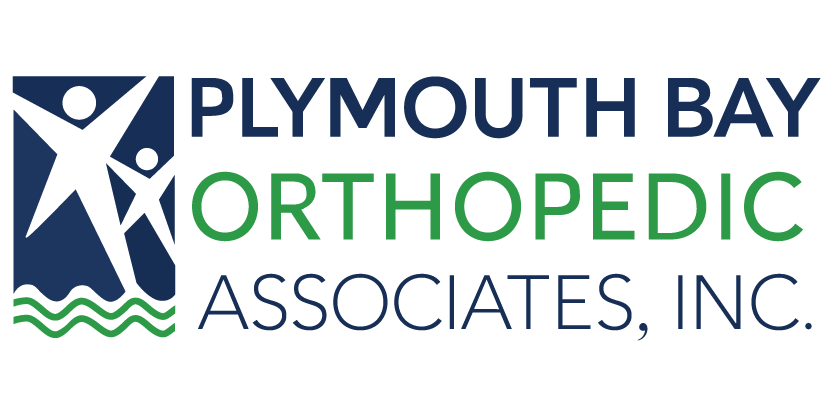Although many people resort to physical therapy or medication to treat pain or weakness in their neck, arm, or hand, these treatment modalities do not address the underlying cause of the symptoms. Anterior cervical discectomy and fusion is a procedure designed to alleviate the symptoms caused by a herniated or degenerative disk in the cervical spine. These conditions and others can lead to cervical stenosis and the range of symptoms associated with the resulting nerve impingement. Contact us today if you are experiencing pain or discomfort in the back, neck, arms, or hands. Our providers at Plymouth Bay Orthopedic Associates are eager to help you lead a happier, healthier quality of life.
Why Is Anterior Cervical Discectomy And Fusion Necessary?
Anterior cervical discectomy and fusion, or ACDF, is used to treat cervical spine or nerve root pressure, which can be caused by a number of different conditions associated with age or illness. These conditions cause cervical stenosis. Stenosis comes from the Greek word for narrowing, and cervical stenosis refers to a tightening or narrowing of the region around the cervical spine which leads to nerve impingement. ACDF is used to relieve the following symptoms associated with cervical stenosis and related conditions:
- Arm pain that is worse than neck pain
- Significant numbness and tingling in arm and hand
- Significant weakness in arm and hand
- Symptoms that are not improved by nonsurgical treatment options
ACDF can relieve the symptoms caused by impingement of the cervical nerves. Because the procedure removes a herniated disc or repairs a degenerated vertebral body through fusion, it is a treatment for the following conditions that cause cervical nerve impingement or cervical stenosis.
- Cervical degenerative disc disease
- Cervical herniated disc
- Cervical spinal stenosis
- Osteophytes (bone spurs) resulting from osteoarthritis
What Is Anterior Cervical Discectomy And Fusion?
Anterior cervical discectomy and fusion involves two processes: a discectomy, and a fusion. Between the bones of your spine, you have disks that prevent the bones from rubbing together. A disk pushing or herniating out of its natural space causes symptoms depending on the region of the spine it is impinging. An anterior discectomy involves approaching the disk from the front and surgically removing it. The second part of this procedure is a fusion, in which the two vertebrae, now devoid of their protective disk, are fused using implants or a bone graft to stabilize the vertebrae.
What Can I Expect After My Procedure?
Many surgeons prefer anterior cervical discectomy and fusion over a posterior approach because it is associated with reduced pain, setting the client on the path toward healing. Recovery from this procedure typically requires four to six weeks, and your surgeon will discuss all the details with you before you undergo ACDF.
Our providers at Plymouth Bay Orthopedic Associates want to help you live your best life. Contact us at 781.934.2400 to schedule a consultation today.

